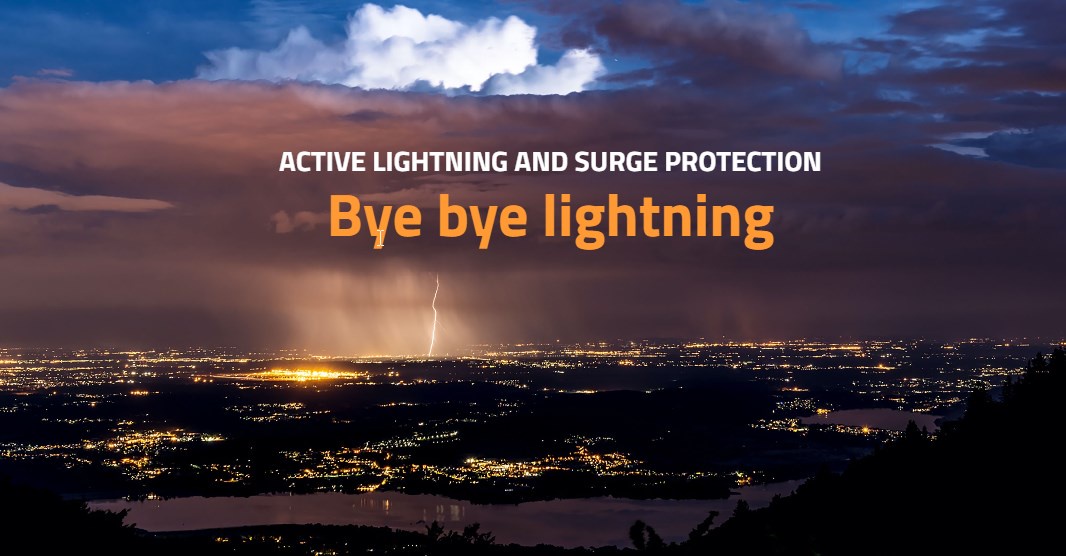
Lightning is a powerful natural phenomenon that can cause significant damage to buildings, electrical systems, and even endanger human lives. Installing a lightning protection system (LPS) is essential to safeguarding structures from lightning strikes. However, several factors must be considered to ensure its effectiveness. Here’s what you need to know before installing a lightning protection system.
Assessing the Risk of Lightning Strikes
Before installing an LPS, it’s important to evaluate the risk of lightning strikes in your area. Factors such as climate, geographical location, and the height of your building play a crucial role. High-rise buildings, structures in open fields, and areas prone to thunderstorms are at a higher risk and require a well-designed protection system.
Compliance with Standards and Regulations
Adhering to national and international standards is vital when installing an LPS. Organizations such as the National Fire Protection Association (NFPA 780) and the International Electrotechnical Commission (IEC 62305) provide guidelines to ensure safety and effectiveness. Consulting with a certified professional can help in meeting compliance requirements.
Key Components of a Lightning Protection System
A well-functioning LPS consists of the following components:
- Air Terminals (Lightning Rods): These capture lightning strikes and direct the electrical charge safely into the ground.
- Down Conductors: These provide a controlled path for the electrical discharge to travel from the air terminals to the ground.
- Grounding System: A proper grounding system disperses the charge into the earth, minimizing damage.
- Surge Protection Devices (SPDs): These protect electrical systems from power surges caused by lightning strikes.
Proper Installation and Maintenance
The effectiveness of an LPS depends on proper installation and regular maintenance. Ensure that:
- The system is installed by certified professionals with experience in lightning protection.
- The grounding system meets the required depth and resistance levels.
- Routine inspections and maintenance checks are conducted to identify wear and tear.
Integration with Existing Electrical Systems
To prevent electrical damage, an LPS should be integrated with the existing electrical and communication systems. This includes installing surge protectors at critical points and ensuring proper bonding of all metallic components.
Cost vs. Benefits
The cost of installing an LPS varies depending on the size of the building, materials used, and labor costs. However, the investment outweighs the potential damage costs caused by lightning strikes. It is a preventive measure that can save lives, protect assets, and ensure business continuity.
Conclusion
Installing a marine lightning protection is a crucial step in safeguarding buildings and electrical infrastructure from lightning damage. By assessing risks, complying with regulations, and ensuring proper installation and maintenance, you can maximize the effectiveness of your LPS. Always consult with professionals to design and implement a system tailored to your specific needs.
Taking these considerations into account will help you make an informed decision and enhance the safety of your property against lightning hazards.